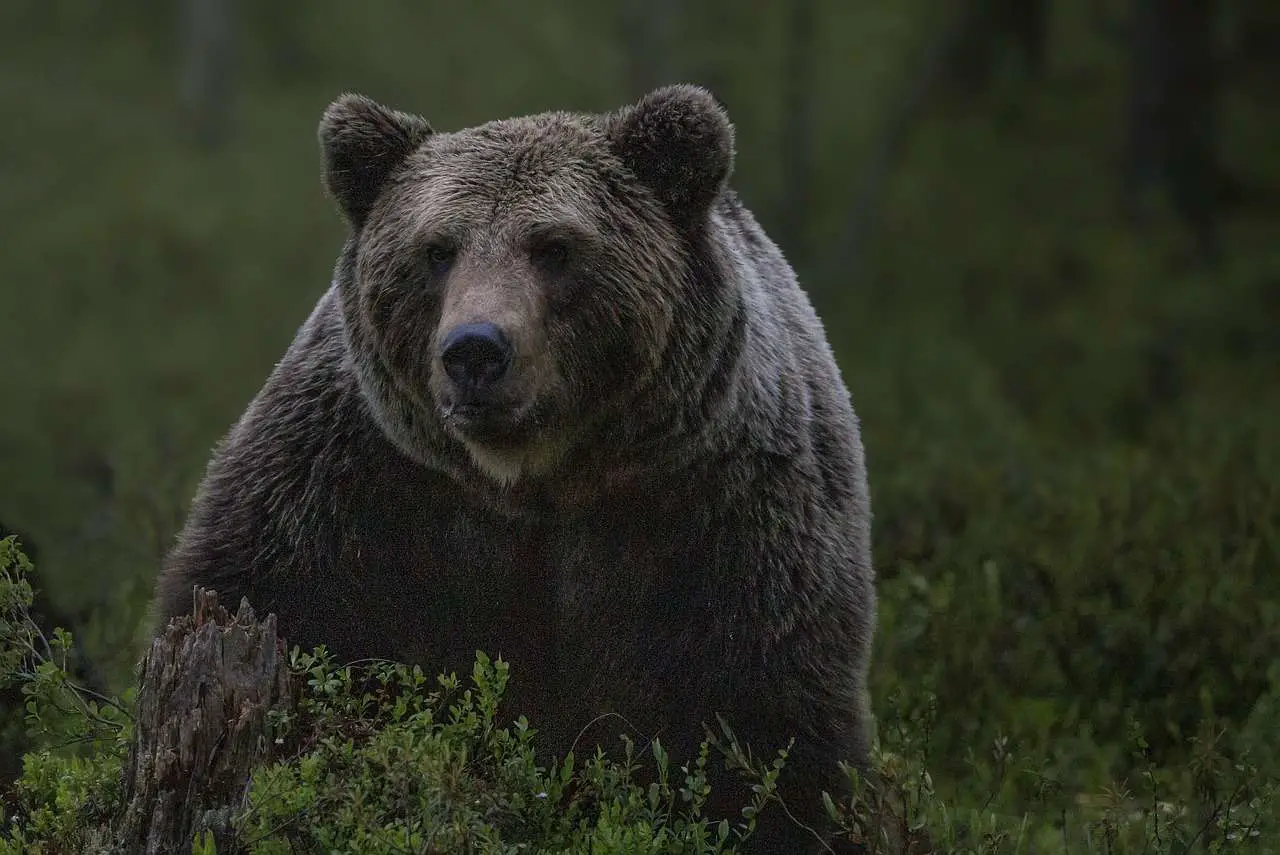Welcome to our bear hunting tips archive, with some of the best tips for hunters, by hunters. These tips aren’t as detailed as our bear hunting guide, but can help any novice to expert hunter learn a thing or two.
- A good way to estimate the size of a bear that might be visiting an area is to look for bite marks and claw marks on trees. You can use the height of these marks to estimate the height of a bear. If you want to estimate the size of a bear, click here, to learn the method used by experienced hunters.
- Bears have an excellent sense of smell, and you need to make sure you take that into consideration when hunting a bear. Make sure to not use any scented cologne, soap, insect repent, etc. You should always try to stay downwind of your target terrain. Make sure to not track back and forth between your target terrains as you will spread your scent over the area.
- Bait stations are a great way to attract bears to a designated area. Brown bears and black bears are fond of meat, fish & grains. Polar bears being mostly carnivorous in nature favor meat over anything. Make sure to keep a variety of these baits; this helps attract bears looking for a specific type of meal. Learn about the different types of bears to get an idea what bear species like to eat.
- Bears don’t have the best eyesight; however they are far from blind. As part of their flight or fight natural instinct the slightest movement can send a bear running off. A hunter should not raise their rifle or bow until the bear is looking in the opposite direction.
- If you successful hit a bear pay attention to the direction and path it runs towards. Even mortally wounded bears might not leave a solid blood trail. Non-mortally wounded bears will be near impossible to track and perhaps might be confrontational; be careful tracking if you’re not sure you’ve mortally wounded the bear.
- Make sure you’re properly equipped when going on a bear hunt. This means make sure you have all the appropriate hunting equipment, clothing and licenses and permits. You can learn more about bear hunting laws to know what permits or licenses you might need per state.
- Always make sure a sow (female) hasn’t come into your target terrain. Give a bear a few moments prior to taking your shot to see if other bears follow. Bears traveling together are usually a sow and its cubs. The largest one will most likely be the sow, however much older cubs can be close to equal size.
- Make sure you hit middle of the bear’s chest cavity to know you’ve hit the vital organs. You should get some mock dummies to practice these shots. A non-mortally wounded bear will run off and most likely be impossible to track. Hitting the kill zone is important to successfully nabbing your prize bear trophy.
- Be wary of what hunting seasons are open during your bear hunt. It’s common for hunters to be camouflaged and hiding in dense brush that may appear as a bear. Always use binoculars and not a rifle scope to confirm a possible bear sighting.

